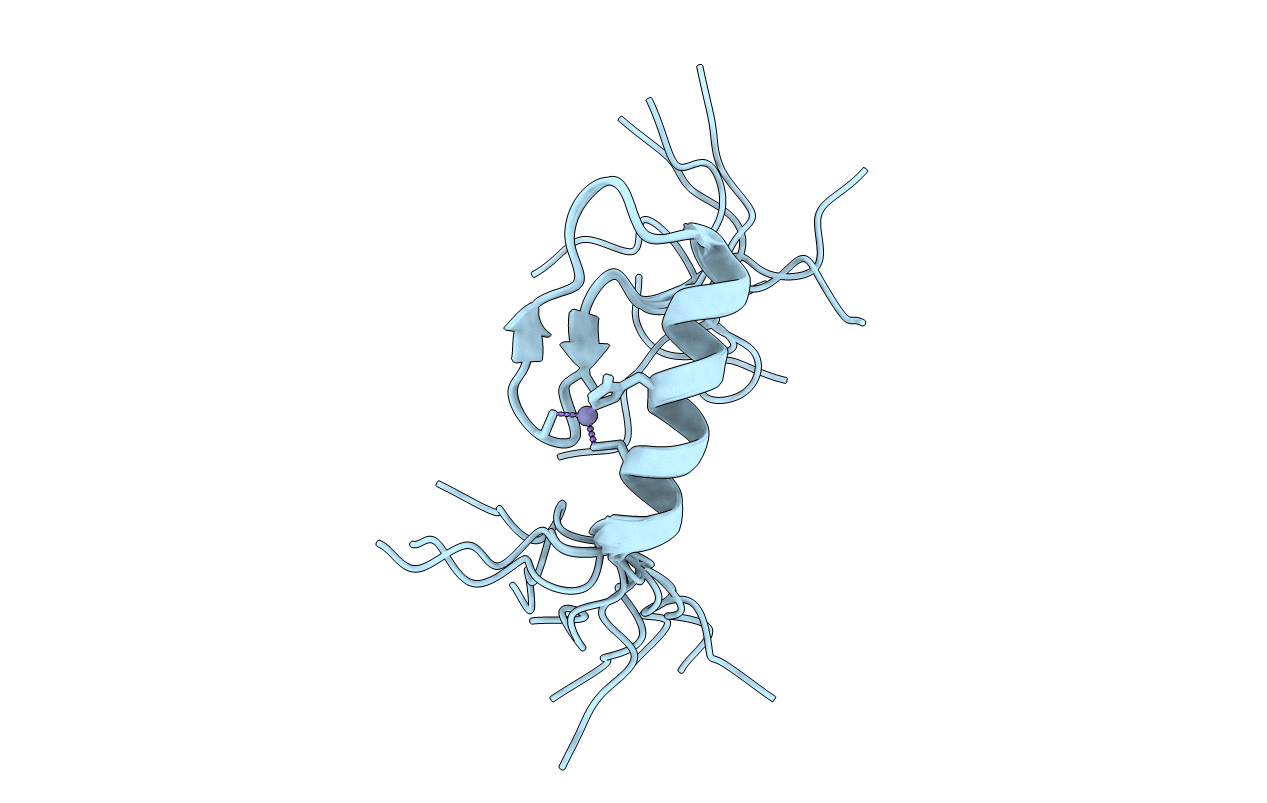
Deposition Date
2014-09-16
Release Date
2014-12-03
Last Version Date
2024-05-15
Method Details:
Experimental Method:
Conformers Calculated:
100
Conformers Submitted:
10
Selection Criteria:
structures with the lowest energy


